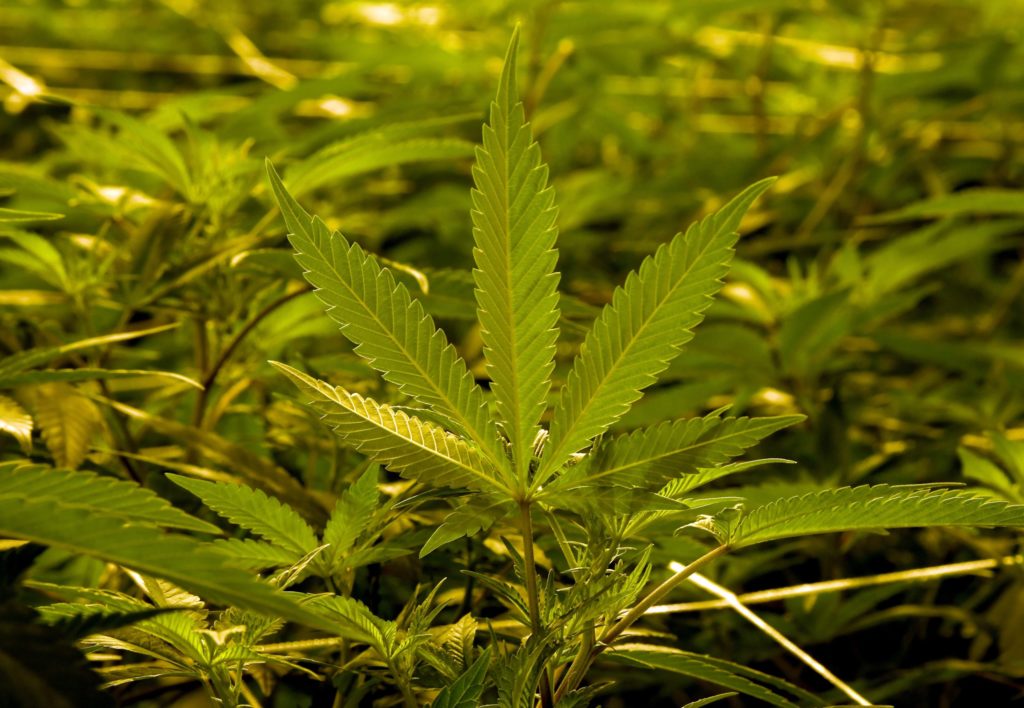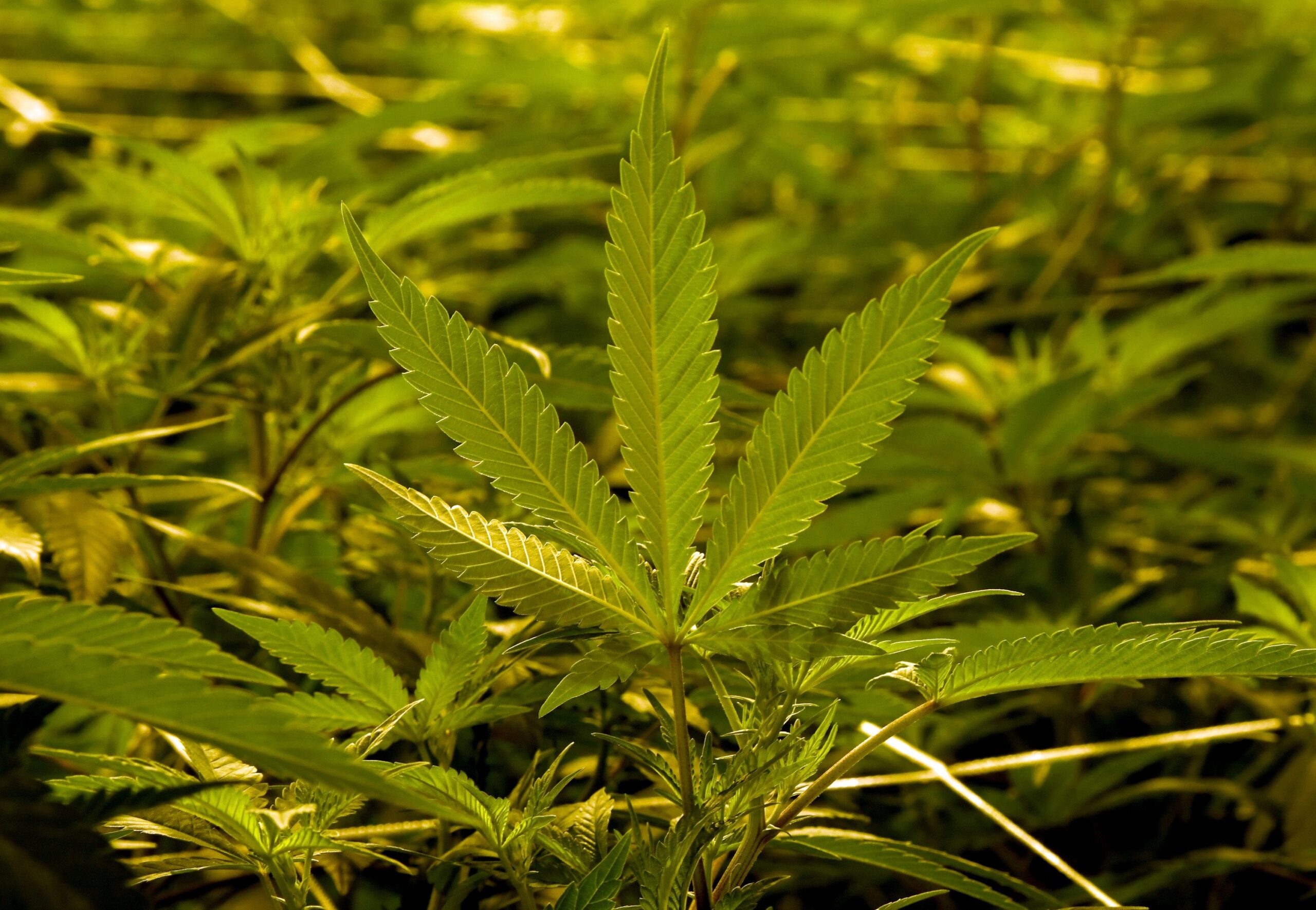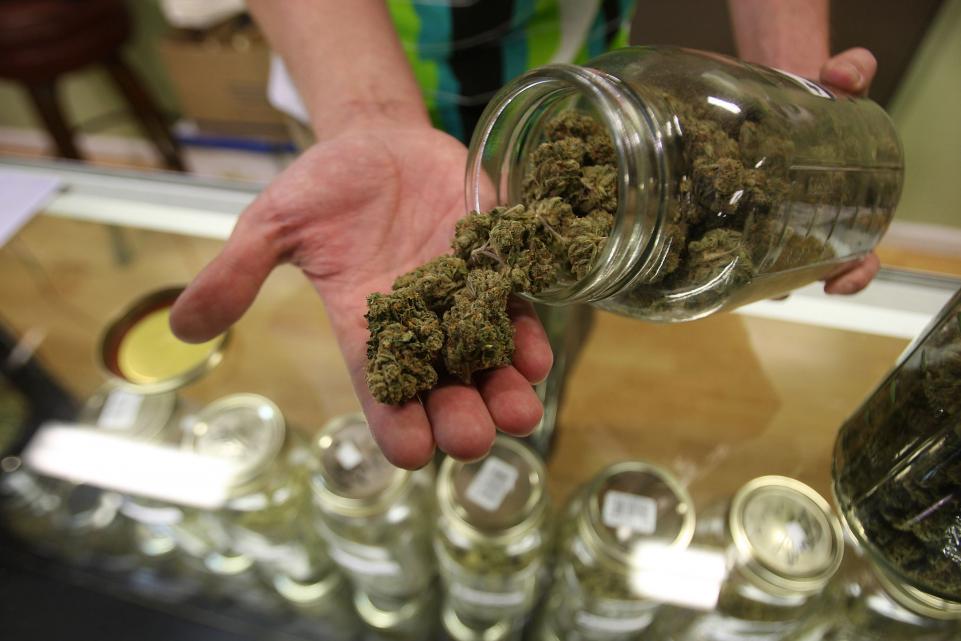Essential oils have been used for their healing attributes for thousands of years, earning the moniker of mankind’s first medicine.
Essential oils are the aromatics extracted from plants; they are responsible for the regeneration, oxygenation, and immune defense properties of plants. They are very powerful antioxidants that provide a wide variety of distinct health benefits depending on the plant from which the oil was distilled.

The American Medical Association (AMA) has said if they could find a compound that could pass through the blood-brain barrier, they would be able to cure Alzheimer’s, Lou Gehrig’s, multiple sclerosis, and Parkinson’s. And guess what, sesquiterpenes are one of the few natural elements known to travel through the blood-brain barrier.
High levels of sesquiterpenes increase the amount oxygen in the limbic system of the brain, particularly around the pineal and pituitary glands — this increases the body’s production of antibodies, endorphins, and neurotransmitters. Sesquiterpenes are also believed to be effective in fighting cancer because of the terpene’s ability to erase cancerous cellular information and create an oxygenated environment where cancer cells can’t reproduce.
Today, we’re going to talk about a special sesquiterpene named Humulene. Humulene was first found in the essential oils of the Hops flower (humulus lupulus), and is the plant the terpene was named after. Humulene expresses a subtle woody, earthy, and spicy flavor profile. Humulene is also present in sage, clove, basil, black pepper, ginseng, and of course, cannabis.

Gorilla Glue is a strain that is often very high in humulene. Photo courtesy of Allie Beckett.
Humulene is a unique terpene with a wide variety of therapeutic benefits, let’s check them out…
Anti-Cancer – Humulene has incredible anti-cancer and anti-tumor properties. Some researchers believe it has to do with this terpene’s ability to produce Reactive Oxygen Species (ROS), which can kill cancer cells through apoptosis. Humulene is also anti-proliferative which inhibits the progression of cancer cell growth.
Anti-Inflammatory – A 2007 study found that humulene can have similar anti-inflammatory relieving effects to a pharmaceutical steroid called dexamethasone. After this intriguing new research, another study tested the oral and topical use of humulene and found it was extremely beneficial at reducing inflammation.
Analgesic – Humulene displays very potent pain-relieving properties. Studies have shown essential oils that contain humulene are much more effective at relieving pain
Anti-bacterial – Apparently, humulene has been used in folk medicines for some time to fight bacterial infections. In a study of balsam fir essential oil (very high in humulene), it was shown to be effective in controlling staph infection (staphylococcus aureus).
Appetite Suppressant – Similar to THCV, Humulene acts as an appetite suppressant, making it very promising for weight loss treatments. This also explains why we feel so full after a beer!
Insecticidal – Remember earlier when we talked about how humulene is the plant’s natural defence mechanism for fungus and pests? Well, it turns out these same defensive properties are passed along to humans as well. A 2016 study showed humulene to be toxic against early third-stage larvae of malaria, dengue, and filariasis mosquito vectors.
B-Caryophyllene
Humulene is an isomer of B-caryophyllene (often referred to as BCP). Humulene and BCP are often found together as a mixture in many aromatic, medicinal plants; they are two sides of the same coin, related yet distinct in their properties. BCP has a rich, spicy flavor profile. It is one of the many defense mechanisms a plant uses to keep away bugs and fungus. BCP has been shown to interact directly with the endocannabinoid system. Some therapeutic uses of BCP include the reduction of anxiety, pain, and cravings; it is also promising for its anti-bacterial, anti-depressant, anti-fungal, anti-inflammatory, and neuroprotective properties.
While the terpene profile in cannabis varies with every harvest, some strains that are often high in humulene content are Gorilla Glue, Chemdawg, Greenhouse Skunk, Jack Herer, Tahoe OG, MK Ultra, Hindu Kush, Girl Scout Cookies, Pink Kush, Skywalker OG, Alien Rock Candy, White Fire OG, and Sour Diesel.
The power of humulene can be harnessed in ways other than cannabis consumption. The following essential oils are high in humulene: sage, uyaku, ginseng, ginger, spearmint, coriander, and ocotea. Essential oils are dynamic and versatile, they can be used aromatically, topically, or orally.
So that’s a wrap on today’s look into the unique terpene, Humulene. As you can see, terpenes play a huge role in cannabis’ medicinal abilities and allow us to look at the aroma of our herb in a whole new light.
credit: marijuana.com








